
Omiodes is a moth genus in the family Crambidae. Several species are endemic to Hawaii.
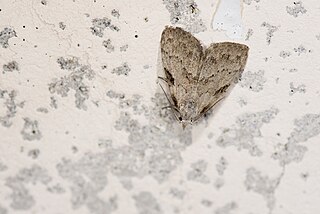
Manoba is a genus of moths in the family Nolidae. The genus was first described by Francis Walker in 1863.
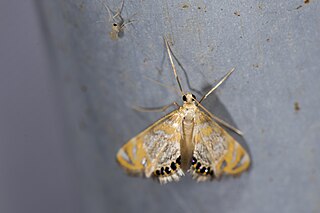
Nymphicula is a genus of moths of the family Crambidae.

Parapoynx is a genus of moths of the family Crambidae described by Jacob Hübner in 1825.

Psara is a genus of moths in the family Crambidae described by Snellen in 1875.

Patania is a genus of moths of the family Crambidae described by Frederic Moore in 1888.

Symmoracma is a monotypic moth genus of the family Crambidae described by Edward Meyrick in 1894. Its only species, Symmoracma minoralis, described by Snellen in 1880, is found in Indonesia, Papua New Guinea, Taiwan, China and Australia, where it has been recorded from Queensland.

Sameodes is a genus of moths of the family Crambidae described by Snellen in 1880.
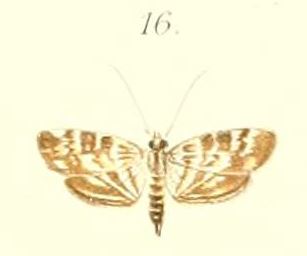
Tabidia is a genus of moths of the family Crambidae described by Pieter Cornelius Tobias Snellen 1880.
Heterogramma is a genus of moths of the family Noctuidae. The genus was erected by Achille Guenée in 1854.

Hypenodes is a genus of moths of the family Erebidae erected by Henry Doubleday in 1850.

Parapoynx diminutalis is a species of moth of the family Crambidae described by Pieter Cornelius Tobias Snellen in 1880. It is endemic to south-east Asia, including the Northern Territory, Queensland and New South Wales in Australia, but has since been found in the United Kingdom and the United States. It is also found in Africa, where it has been recorded from Egypt, Sudan, Ethiopia, Kenya, Uganda, Tanzania, Zambia, Zimbabwe, Malawi, South Africa, Botswana, Angola, the Republic of the Congo, Nigeria and Madagascar.
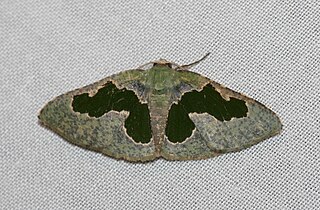
Celenna centraria is a moth of the family Geometridae first described by Snellen in 1880. It is found in Sumatra and Borneo.
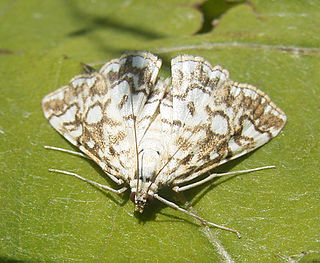
Acentropinae is a fairly small subfamily of the lepidopteran family Crambidae, the crambid snout moths. Species of this subfamily are exclusively found in wetlands and aquatic habitats.
Elophila difflualis is a moth of the family Crambidae. The species was first described by Pieter Cornelius Tobias Snellen in 1880. It is found in South-East Asia, in Australia and Réunion but has also be introduced to the United Kingdom.
Eugoa trifasciata is a moth of the family Erebidae, subfamily Arctiinae. The species was first described by Snellen in 1880. It is found on Sumatra and Borneo. It is found in a wide range of lowland forest habitats, including heath forests and regenerating alluvial forests.
Stictane is a genus of moths in the family Erebidae erected by George Hampson in 1900.
Stictane rectilinea is a moth in the family Erebidae. It was described by Snellen in 1879. It is found in China, Singapore and on Sulawesi in Indonesia.
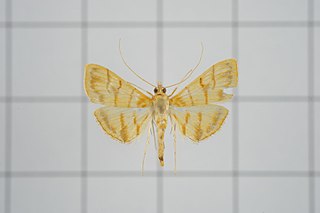
Pagyda botydalis is a moth in the family Crambidae. It was described by Snellen in 1880. It is found on Sumatra, in north-eastern India, Sri Lanka, Taiwan, Papua New Guinea and Australia, where it has been recorded from Queensland.

Margaroniini is a tribe of the species-rich subfamily Spilomelinae in the pyraloid moth family Crambidae. The tribe was erected by Charles Swinhoe and Everard Charles Cotes in 1889, originally as family Margaronidae.













